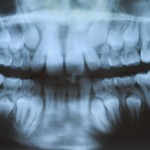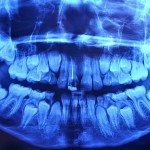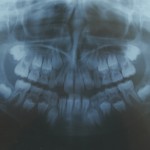
This updated Cochrane review comparing open v closed surgical approaches for palatally displaced canines includes 3 studies involving 146 patients with the available evidence suggesting that neither surgical technique for exposing canine teeth is superior.
[read the full story...]
